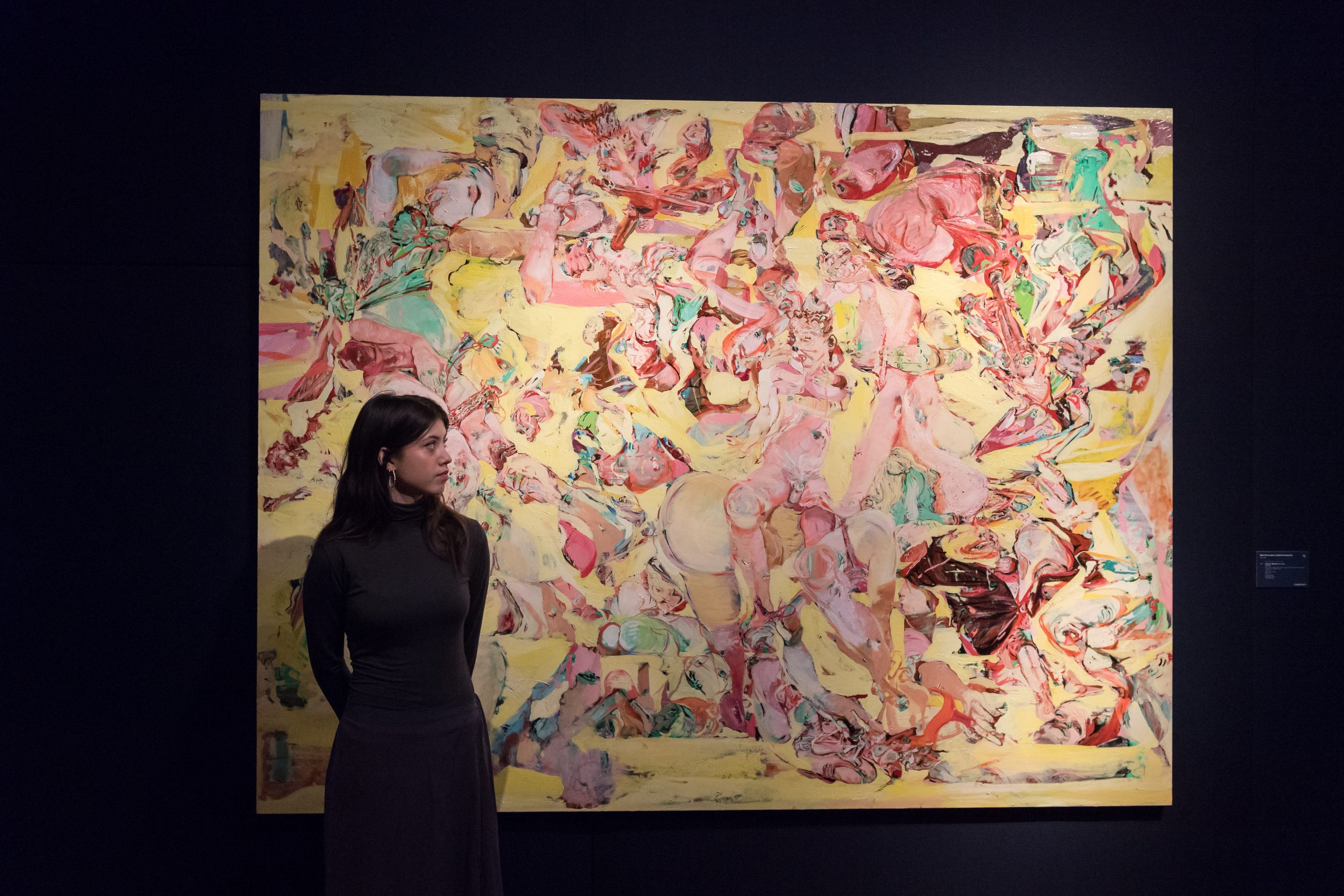A closer look at the artists, trends and markets defining collectors’ choices in 2025. Wiktor Szymanowicz/Future Publishing Via Getty Images
Over the past two decades, I’ve watched the art market evolve from a rarefied passion economy into a fully fledged global asset class. But 2025 marks a particularly interesting inflection point, one where generational shifts, pricing recalibrations and evolving cultural appetites are transforming what collectors are buying and, more importantly, why.
The rise of the new collector
A new generation of collectors—many of them first-time buyers—is stepping decisively into the market. These younger collectors, often under 40 and hailing from the tech, finance and creative industries, are not only reshaping the aesthetic landscape, but also the price points at which the market is the most active. They bring different expectations: less allegiance to the old hierarchies of collecting, a greater appetite for cross-category discovery and a sharper focus on cultural relevance alongside financial value.
While works priced above $1 million at the top end of the market have seen thinner bidding and more selective buying, the sub-$250,000 segment has completely flourished. Auction houses have responded accordingly, expanding their offerings in the sub-$50,000 range to meet this demand. Volume, not just value, is now the name of the game.
This shift is not a sign of weakness or retreat from the high end. It’s diversification in action. The correction in pricing for emerging contemporary artists following the post-pandemic highs has created a more accessible entry point for new buyers, offering a chance to acquire quality works without chasing speculative peaks. And they are definitely taking advantage.
Surrealism’s continued resurgence
One of the most fascinating trends of the past few years has been the resurgence of Surrealism. Sparked in part by the Centre Pompidou’s centenary exhibition, the movement has captured the imagination of collectors globally. Christie’s Art of the Surreal sale in London last March was a standout moment, with Surrealist masterpieces driving strong results and reaffirming the movement’s relevance in today’s market.
This is not just nostalgia, it’s a recognition of the movement’s enduring psychological and visual power, particularly in uncertain times. Surrealism speaks to the subconscious, and in a world grappling with rapid change, that resonance is more potent than ever.
The great wealth transfer and the tech question
We are now in the early stages of one of the largest wealth transfers in history. As Baby Boomers slow down their buying, the question becomes: what will the next generation collect, and how will they engage with the market?
There is much speculation about whether tech entrepreneurs and digital natives—who are accustomed to disrupting industries—will engage with the art world in the traditional way. Some are skeptical. But I believe that as this generation matures, their interest in cultural capital will grow, perhaps even more than that of the last generation. For this audience, digital fluency, a global perspective and impact-driven choices matter as much as provenance or blue-chip artists. The art world will need to meet them in hybrid spaces: physical fairs and galleries augmented by robust digital experiences, transparent pricing and narratives that speak to both cultural significance and long-term value.
Looking ahead
We expect continued momentum in emerging contemporary art, particularly among historically underrepresented artists. This is not a passing trend, but a structural shift in collecting priorities that aligns with broader cultural movements.
At the same time, demand for top-tier works by blue-chip artists remains resilient. Names like Cecily Brown, Gerhard Richter and Yayoi Kusama continue to command attention, even if bidding is more measured. Great works by Picasso and Monet still represent the gold standard for many collectors and the benchmark against which much of the market is measured, and rightly so.
But at the edges of the market, new collecting categories are also gaining traction. Design, for instance, is having a moment. The impressive sale of the Frank Lloyd Wright double-pedestal lamp at Sotheby’s this May is proof that collectors are increasingly looking beyond canvas and sculpture to express their tastes. Fine jewelry, too, is emerging as a serious collecting category. Once seen primarily as adornment, it is now being recognized for its exceptional craftsmanship, provenance and investment potential.
A market in motion can be a great opportunity
2025 is not a year of retreat. It’s a year of recalibration. The art market is becoming broader, younger and more dynamic. Collectors are thinking strategically, buying with both passion and precision in mind and treating acquisitions as cultural statements.
At The Fine Art Group, I continue to advise clients on this evolving landscape, whether they are acquiring their first piece or building a legacy collection. The key is to stay informed, stay flexible and, above all, stay engaged.
Because in a market like this, opportunity belongs to those who are paying attention and who have the right advice.


